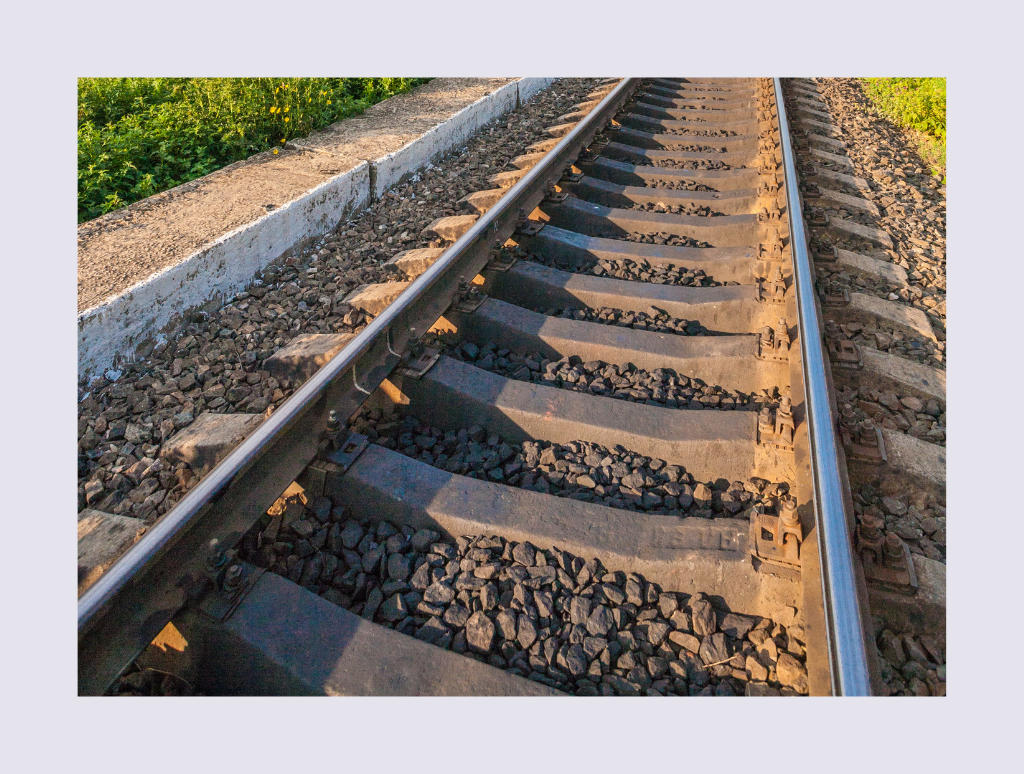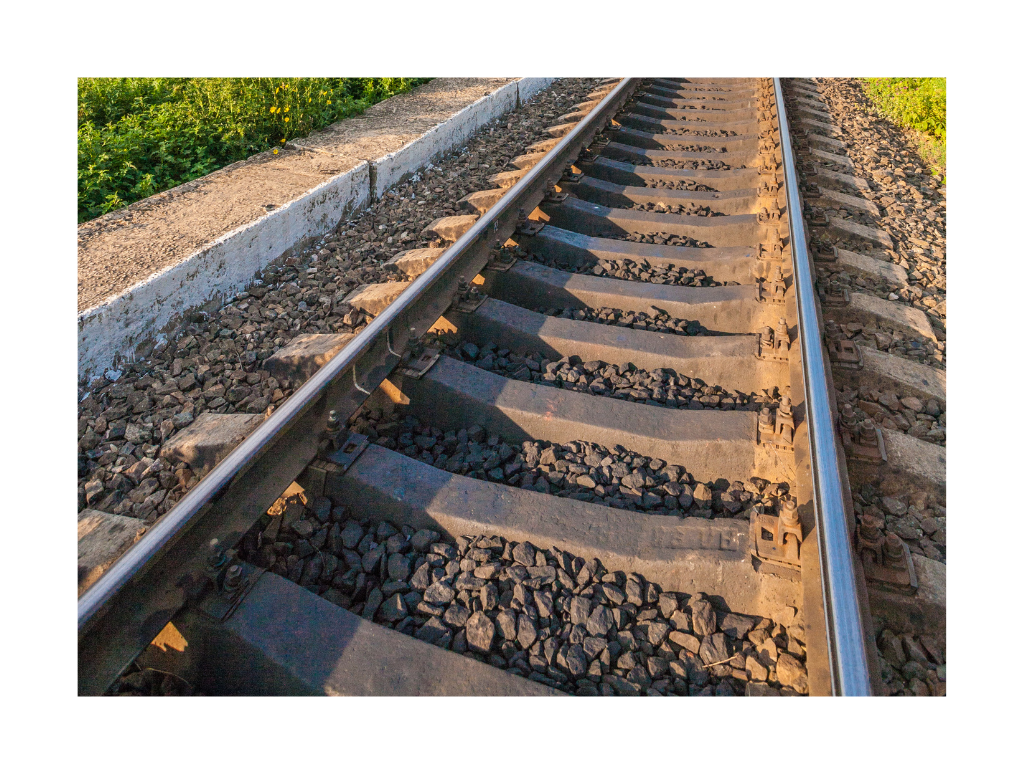Synthetic Sleepers

An attractive alternative to wood and concrete sleepers
Sekisui’s synthetic FFU® sleepers offer an environmentally friendly and economically advantageous solution with long lifespan, low maintenance, and high resistance to climate and environmental impacts, making them a sustainable alternative to traditional wood and concrete sleepers.
Technically advanced alternative to traditional sleepers
Hans Buch offers synthetic sleepers from Sekisui for the railway sector. Sekisui’s synthetic sleepers, known as FFU® (Fiber-reinforced Foamed Urethane), are made of glass fiber reinforced polyurethane, making them a technically advanced alternative to traditional wood and concrete sleepers. These synthetic sleepers have been used globally since the 1980s and are known for their high durability and economic benefits. They achieve a long lifespan and can be installed in various environments, including bridges, subways, and areas with high traffic load.
Why choose FFU sleepers?
FFU sleepers represent a modern solution that combines advanced technology with long lifespan and lower maintenance needs.
FFU sleepers are resilient and designed to withstand moisture, fungus, rot, and other biological impacts without the need for chemical impregnation. With a lifespan of up to 50 years, FFU sleepers reduce material waste and the need for frequent replacements. This significantly reduces CO2 emissions in the product’s lifecycle. As no environmentally harmful chemicals are used, the risk of pollution and damage to the surrounding ecosystem is reduced.
The longer lifespan and minimal maintenance make FFU sleepers an economically attractive solution. Fewer replacements and repairs mean lower operational costs in the long run, making them a robust investment in infrastructure.
Designed to deliver stable performance under demanding conditions, FFU sleepers are a reliable product that reduces the risk of operational disruptions and increases efficiency.

A positive business case with long-lasting durability
Despite a higher investment cost compared to wood and concrete, FFU sleepers have a lower total cost over their lifecycle. This is due to their long lifespan, low maintenance needs, and resistance to deformation and damage.
With traditionally used sleepers, degradation over time, especially for wooden sleepers, may require frequent replacements, leading to increased maintenance costs and operational disruptions. FFU sleepers eliminate these costs, providing a more stable and predictable economy for infrastructure projects.
FFU sleepers are also lighter than concrete, reducing transportation costs and making installation more efficient. They can be installed with the same tools used for wooden sleepers, meaning no special tools or additional staff training is required.
Here are the benefits of Sekisui’s FFU® synthetic sleepers
- Long lifespan and minimal maintenance: FFU sleepers have an expected lifespan of up to 50 years, reducing the need for frequent replacements and maintenance, unlike traditional materials.
- High load-bearing capacity and stability: Synthetic wood with glass fiber reinforcement allows the sleepers to withstand heavy loads, making them ideal for heavy trains and high-speed tracks.
- Environmentally friendly solution: The synthetic materials are recyclable and contribute to a more sustainable railway infrastructure by reducing replacements and waste.
- Easy installation and adaptation: The sleepers can be processed and adapted on-site with the same tools used for wooden sleepers, making them easy to install and work with.
- Resistance to external influences: FFU sleepers are resistant to moisture, fungus, rot, and chemicals, making them suitable for extreme climatic conditions and installation in challenging environments.





